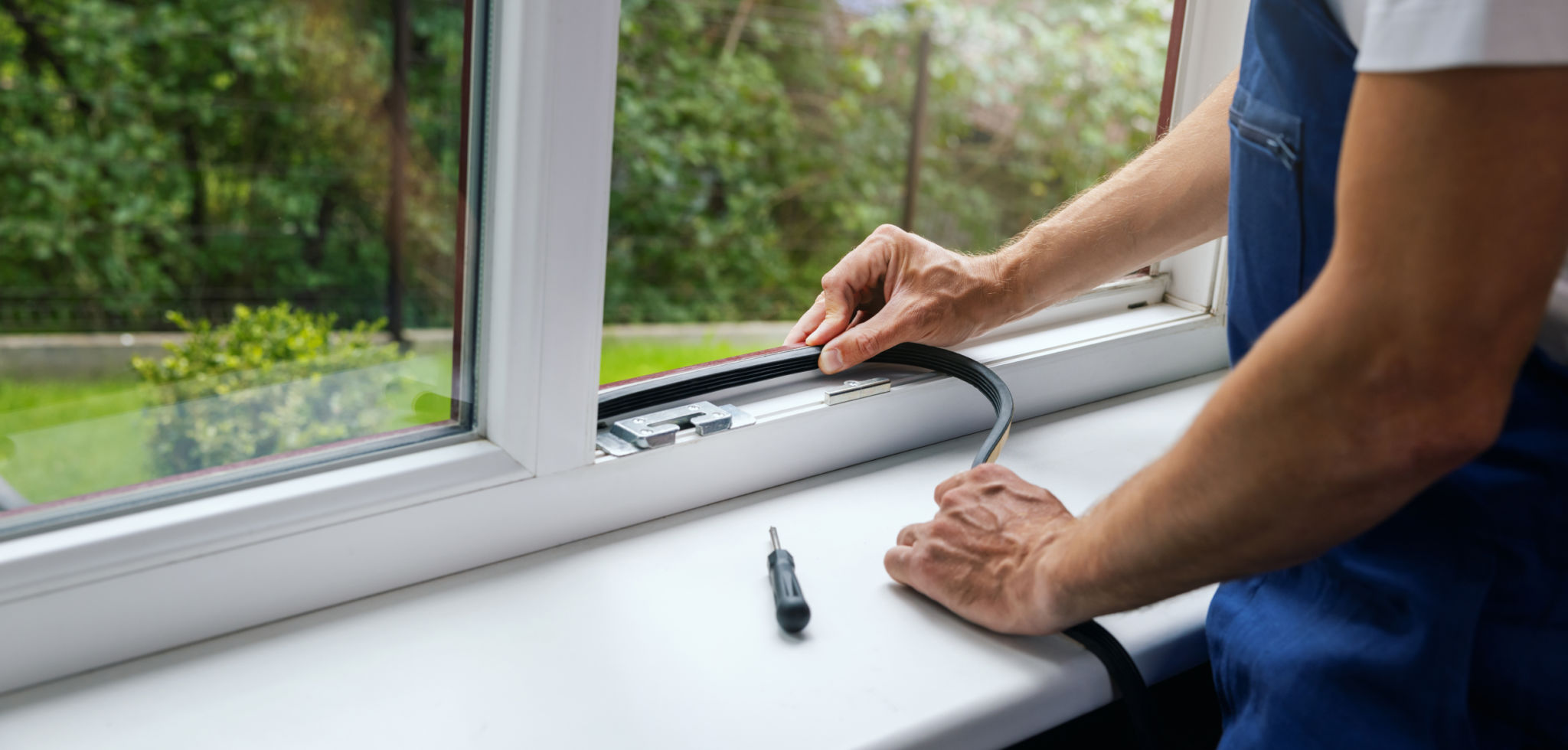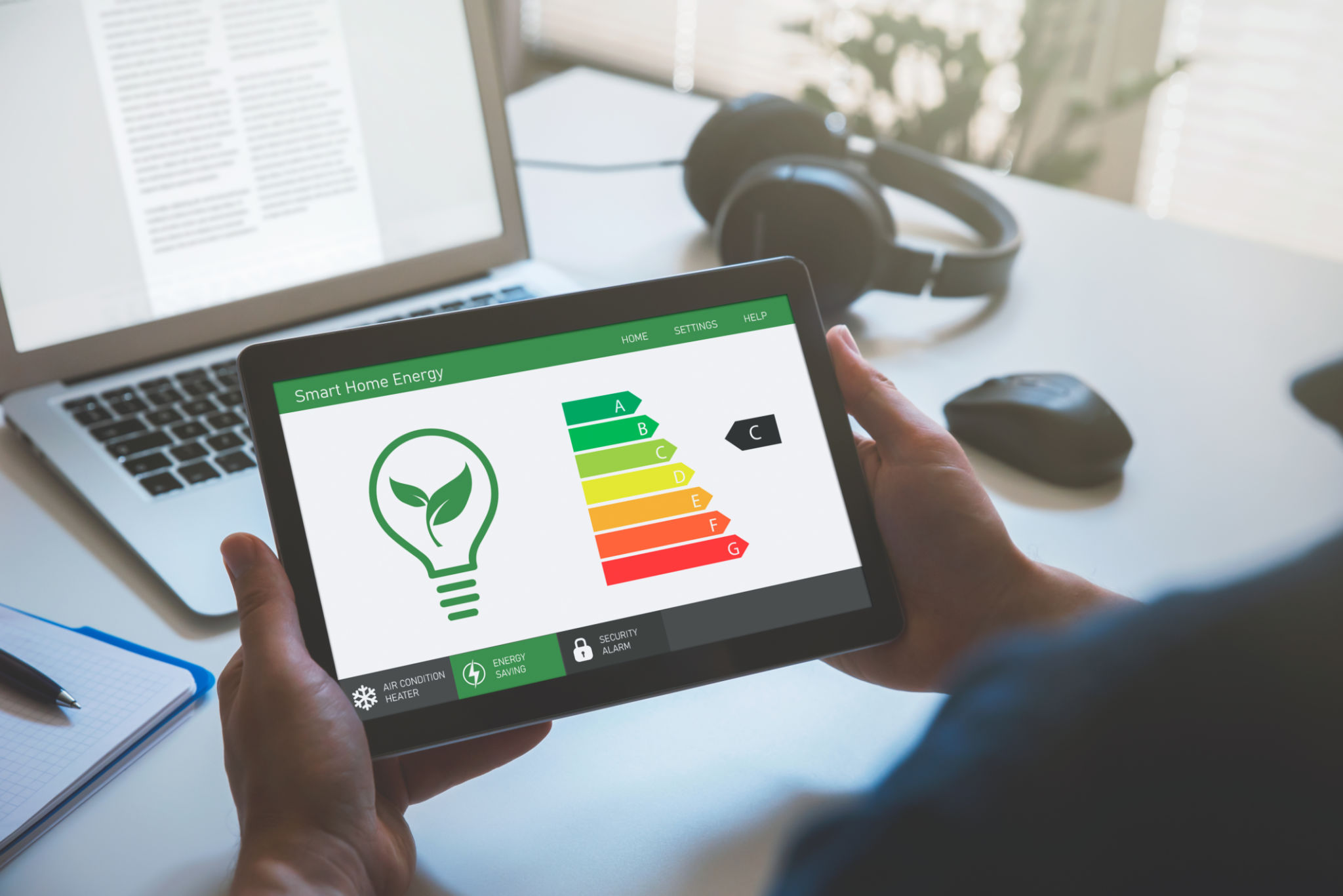How to Prepare Your Home for the Australian Summer Heat
Understand the Importance of Insulation
As the Australian summer approaches, ensuring your home is well-insulated becomes crucial. Proper insulation helps maintain a consistent indoor temperature, reducing the need for excessive air conditioning use. This not only keeps your home cool but also saves on energy costs.
Consider installing insulation in your roof and walls if it's not already in place. Upgrading to double-glazed windows can also significantly improve your home's ability to resist heat transfer.

Optimize Your Cooling Systems
Your cooling systems are your best allies during the scorching summer months. Before the heat sets in, service your air conditioning units to ensure they are running efficiently. Clean or replace filters regularly to maintain air quality and system performance.
Ceiling fans are a cost-effective way to circulate cool air throughout your home. Make sure they are set to rotate counterclockwise in the summer to push air down and create a wind-chill effect.
Maintain Outdoor Areas
Your outdoor spaces can significantly influence the indoor temperature. Planting trees or shrubs strategically around your home can provide natural shade, reducing the direct sunlight that hits your walls and windows.
Consider installing exterior blinds or awnings to block out the sun during peak hours. This can effectively lower the temperature inside without relying solely on air conditioning.

Enhance Ventilation
Proper ventilation is essential to keep your home cool and comfortable. Use natural airflow by opening windows during cooler parts of the day, such as early morning or late evening, to let in fresh air.
Cross-ventilation can be achieved by opening windows on opposite sides of a room or hallway, allowing air to flow freely through your home. This simple technique can naturally lower indoor temperatures.
Implement Smart Home Technology
Embrace technology to keep your home cool efficiently. Smart thermostats allow you to control your air conditioning remotely, optimizing energy use based on your schedule. Some systems even learn your preferences over time, adjusting automatically for maximum comfort and efficiency.
Smart blinds and curtains can be programmed to close during the hottest parts of the day, minimizing heat gain from direct sunlight.

Prepare for Extreme Weather
In addition to heat, Australian summers can bring extreme weather conditions such as bushfires and storms. Ensure your home is prepared by clearing gutters of leaves and debris, which can act as fuel for fires.
Secure outdoor furniture and items that could become hazardous in strong winds. Having an emergency plan and kit ready is always a wise precaution during this season.
Conserve Water Wisely
With high temperatures often comes the risk of drought. Be mindful of water usage by installing water-saving devices such as low-flow showerheads and dual-flush toilets.
Collect rainwater or use greywater systems for garden irrigation, keeping your plants hydrated without wasting precious resources.
Adopt Energy-Saving Habits
Simple changes can make a big difference in energy consumption during summer. Use energy-efficient lighting such as LED bulbs, which emit less heat compared to traditional bulbs.
Unplug appliances when not in use, as they can generate unnecessary heat and consume power even when turned off.

